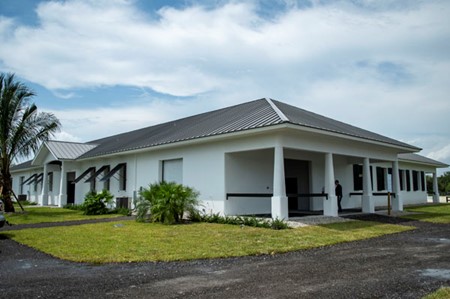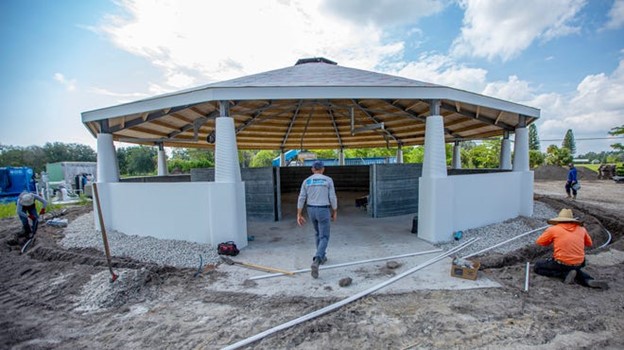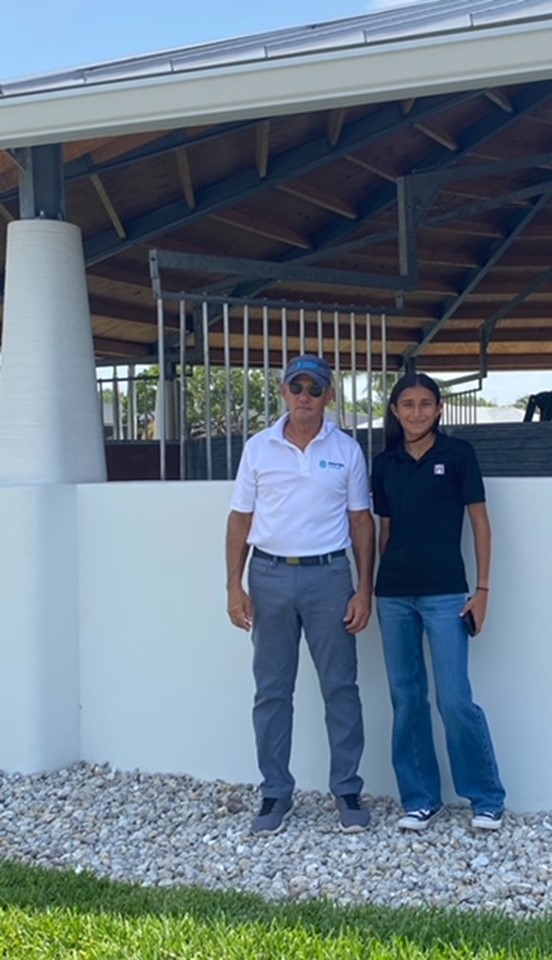Exploring the Future of Construction: A Visit to Printed Farms
In a world where technology and sustainability increasingly intersect, our visit to Printed Farms was nothing short of fascinating. This pioneering company is redefining the boundaries of construction with their cutting-edge concrete 3D printing technology, and it’s a glimpse into the future of building. We took a tour with CEO, Jim Ritter.

The Vision Behind Printed Farms
Printed Farms, based in Wellington, is revolutionizing the construction industry by integrating 3D printing with concrete. Their vision is clear: to create structures that are not only more efficient and sustainable but also customizable and cost-effective. As I approached their facility, we were greeted by the sight of the largest 3D printed building in the world, a barn planned to house 16 on five acres of land.

The Magic of Concrete 3D Printing
Concrete 3D printing might sound like science fiction, but it’s very much a reality at Printed Farms. The process involves a large-scale 3D printer that extrudes a specially formulated concrete mixture layer by layer. This method allows for intricate designs and complex geometries that would be challenging or impossible with traditional construction methods. From sleek, curvilinear walls to intricate lattice structures, the possibilities seem almost endless.
During our tour, one of the most exciting aspects of concrete 3D printing is the level of customization it offers. Printed Farms can create bespoke designs tailored to specific needs and preferences. In this case, they were able to create not just a barn but also a circular horse walk.
As we observed the process, we saw how 3D printing can seamlessly integrate with other sustainable practices. For instance, the company is exploring ways to incorporate changes to energy efficiency in roofing, further reducing their environmental footprint.

A Glimpse into the Future
The visit to Printed Farms was not just an exploration of new technology but a reflection on the future of construction. The ability to create sustainable, customized, and efficient structures could fundamentally change how we build our homes, communities, and infrastructure.
It’s clear that companies like Printed Farms are not just building structures—they’re building a new way of thinking about construction and sustainability. As we continue to face global challenges related to climate change and resource management, innovations like these offer hope and inspiration.
In the end, our visit to Printed Farms left us with a renewed sense of optimism about the possibilities of technology. The future of construction is here, and it’s built layer by layer with concrete and creativity.